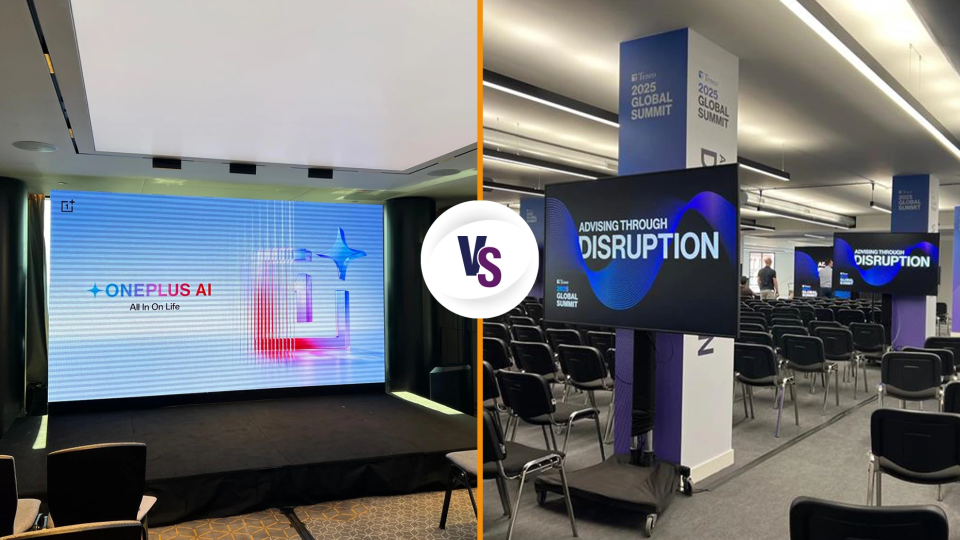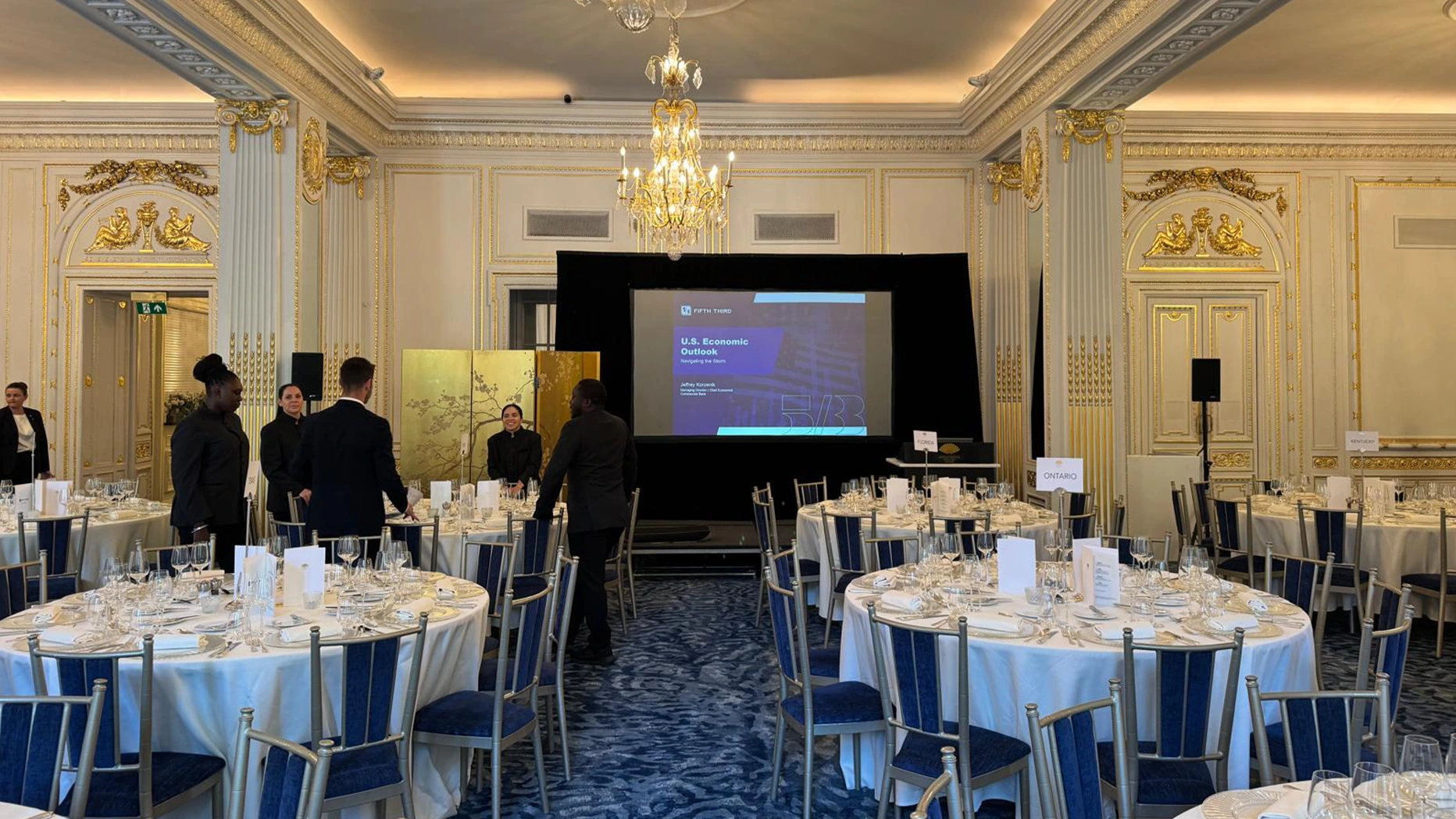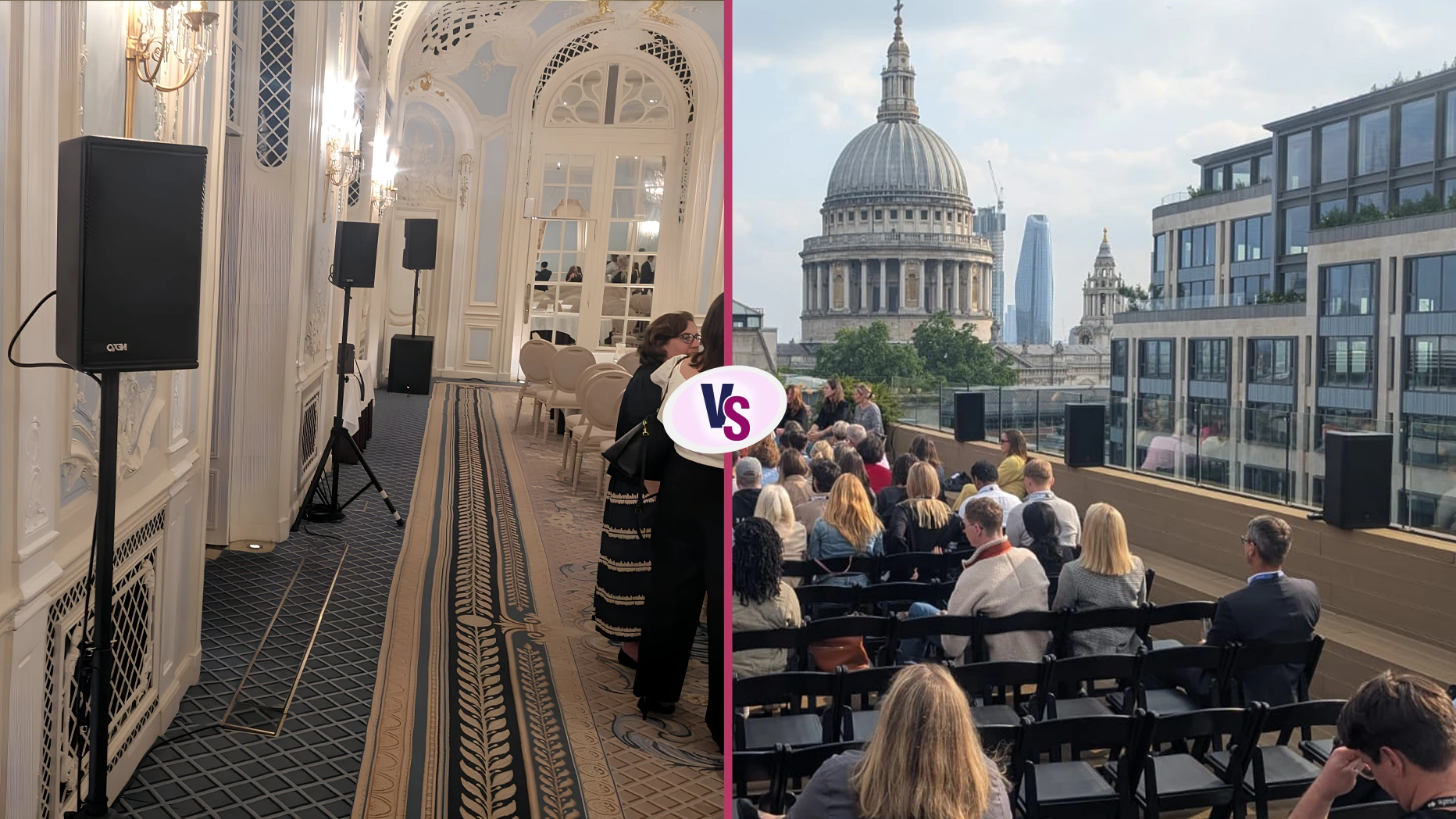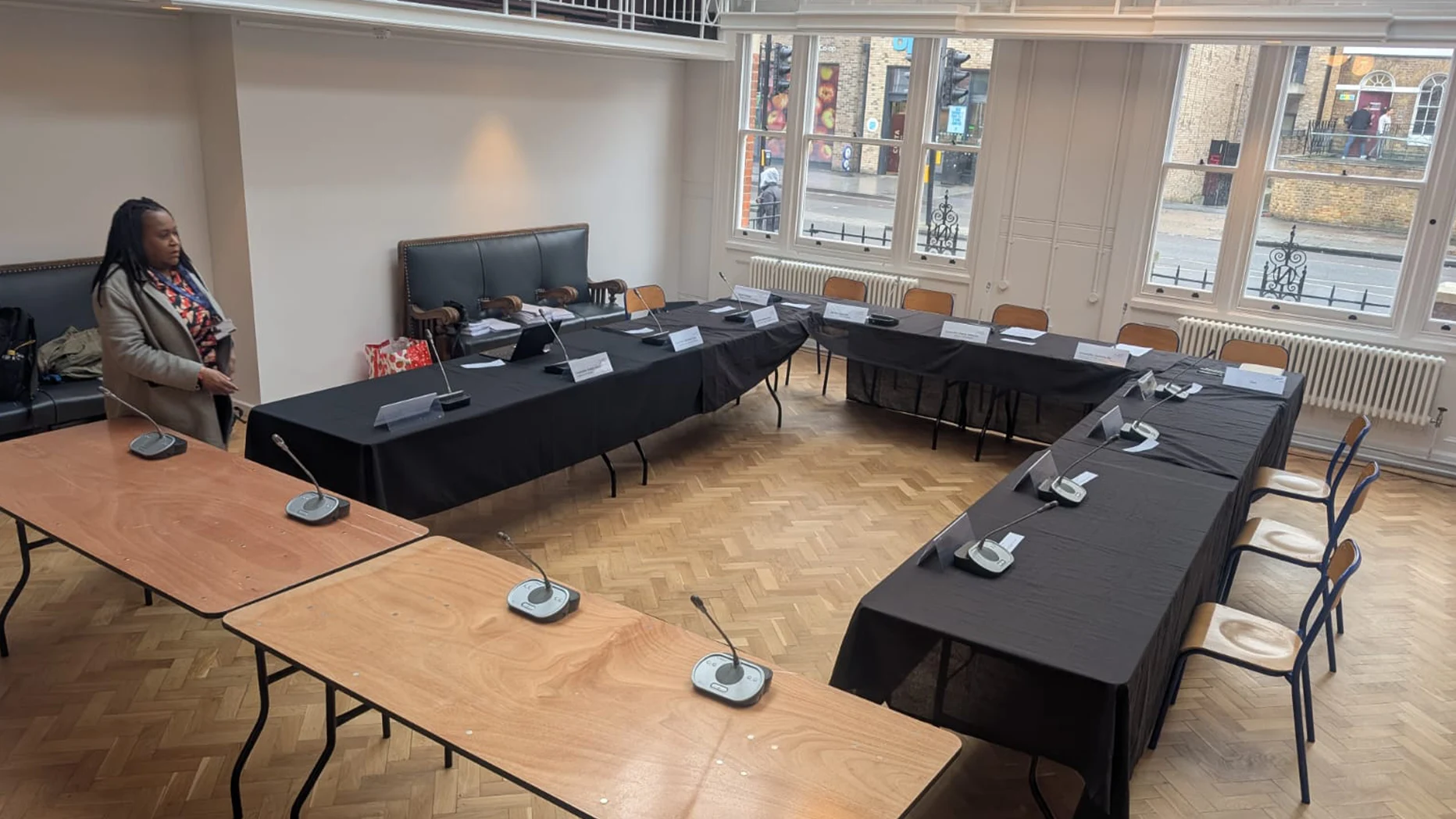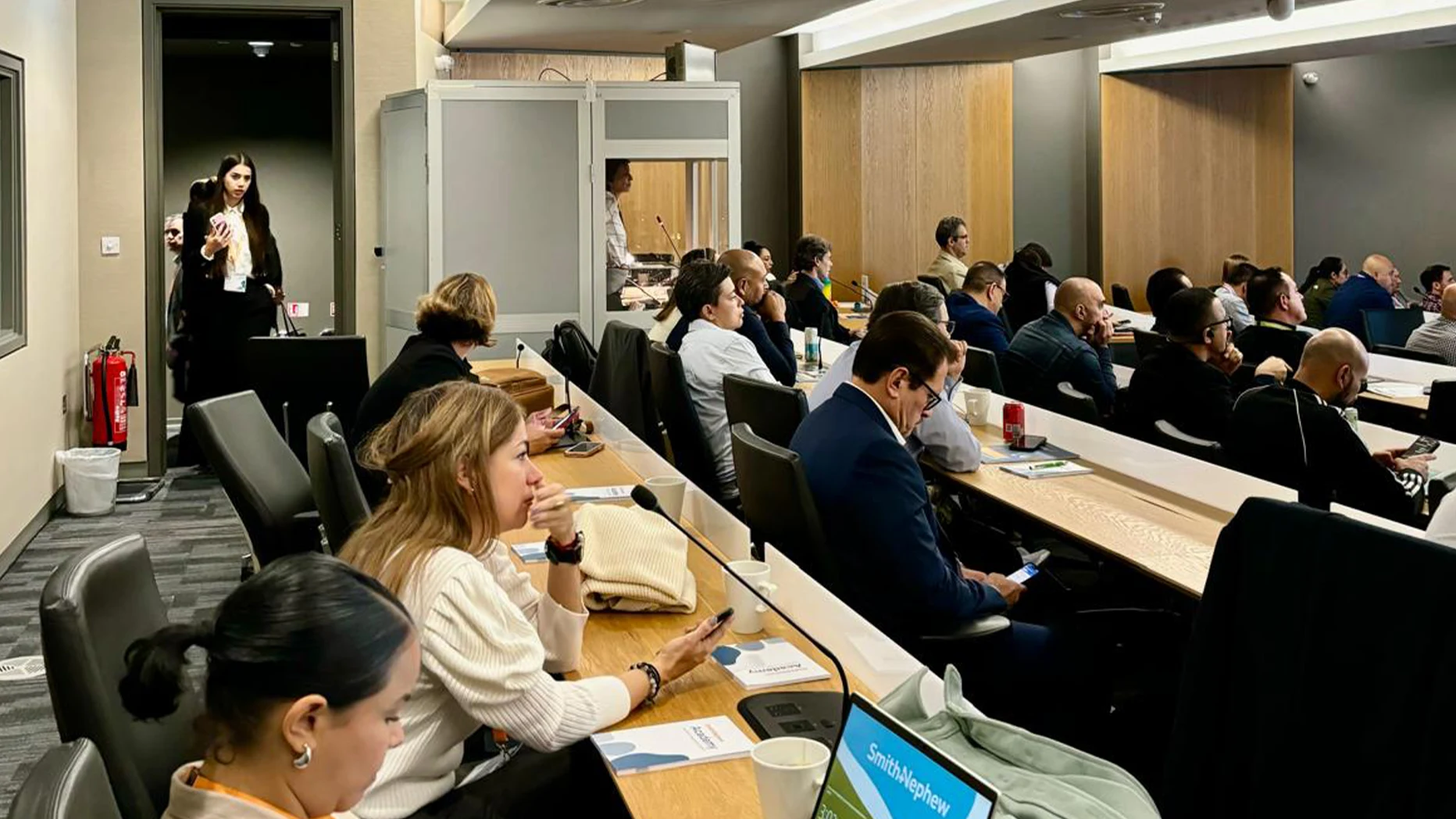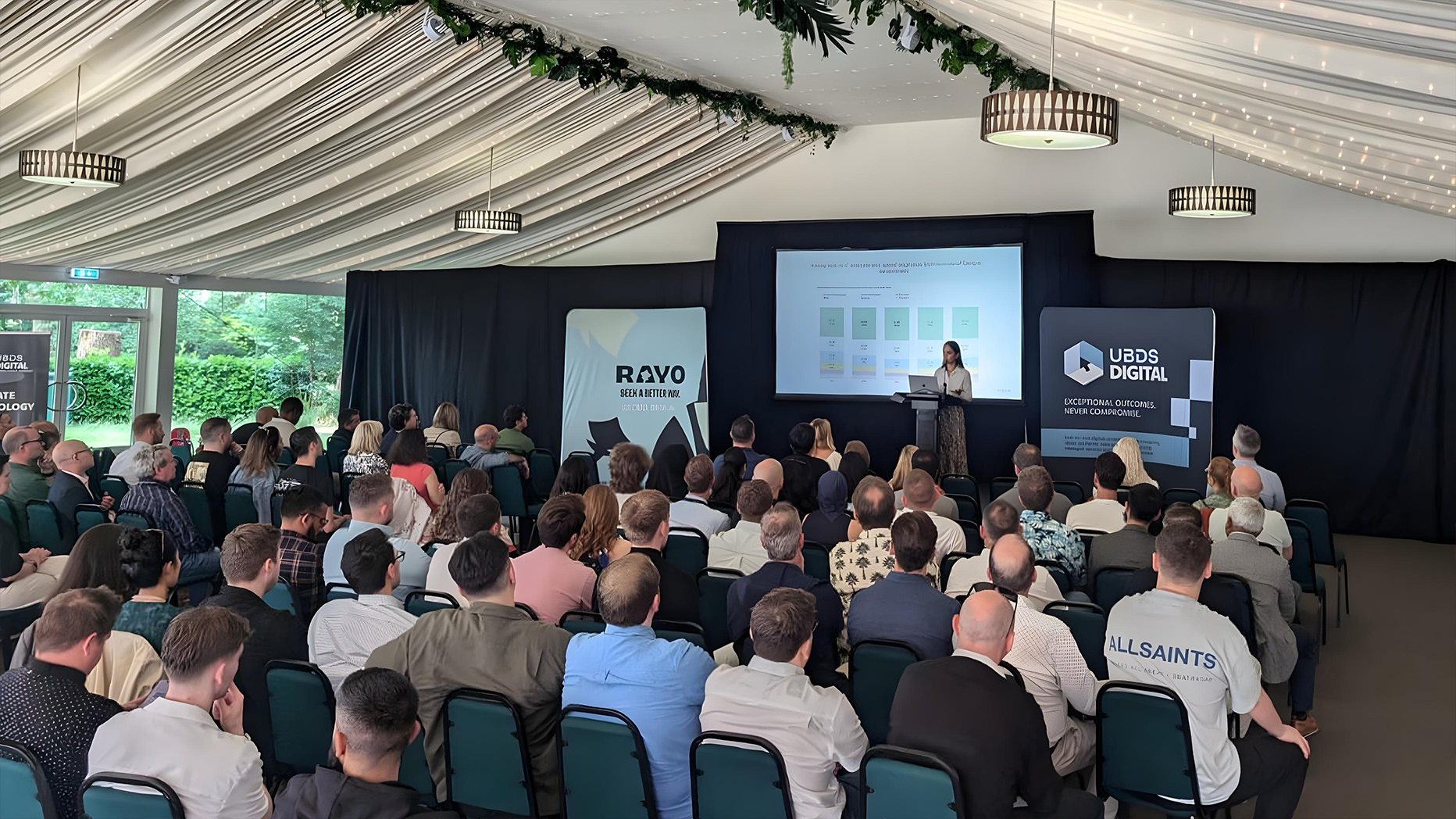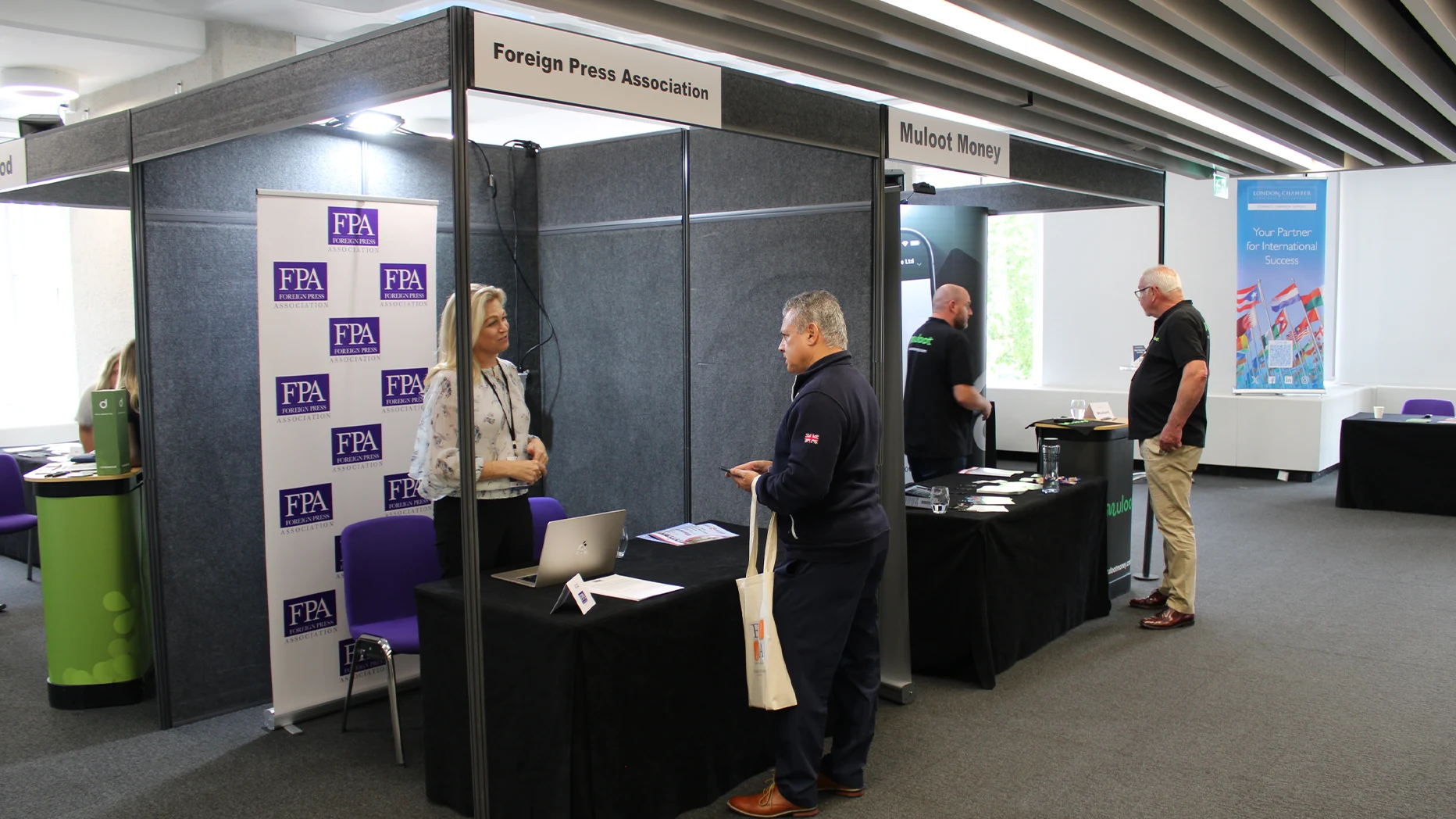It’s easy to think a screen is just a screen until you see the difference it makes in a room full of people. In a city like London, where corporate events range from high-gloss product launches to intimate boardroom briefings, the choice between an LED wall and a TV screen can shape how your audience sees, hears, and remembers your message. The right display isn’t just about pixels and panels; it’s about visibility in challenging venues, keeping attention in a distracted room, and setting the tone for your brand.
In this guide, we’ll break down the differences, strengths, and decision points between LED wall hire and TV screen rental, so you can match the technology to your venue, audience, and content, without second-guessing your choice on event day.
Step 1: Understand your venue environment
Before deciding on any screen type, it is important to assess the event venue. London offers a wide variety of spaces, some ultra-modern with floor-to-ceiling windows. Others are historic, with low lighting and architectural restrictions. Your screen choice must adapt to the room, not the other way around. Key venue factors to consider:
Ambient lighting
- LED walls are self-illuminated and maintain brightness even in daylight-heavy spaces.
- TV screens can appear dim if there is too much ambient light or glare.
Ceiling height and load capacity:
- LED walls may require hanging rigs or ground supports. Venues must allow for this setup.
- TV screens are typically freestanding and need minimal vertical clearance.
Space and access:
- Tight access routes can limit the use of larger LED wall panels.
- TVs are more portable and easier to move into confined spaces.
Before selecting screen types, do a full venue walkthrough. Take note of lighting conditions, access points, and restrictions. Share these details with your AV supplier so they can recommend a screen solution that works logistically and visually.
Step 2: Define your content and display needs
Every event has a different goal; some involve detailed presentations, others feature dynamic videos or live feeds. The content format will directly impact the screen technology you need. What to ask yourself:
What kind of content will be shown?
- For high-resolution videos, live camera feeds, or stage visuals, LED walls are ideal because of their size and clarity.
- For slideshows, meeting-style presentations, or breakout sessions, TV screens are often more than enough.
Will the screen need to run continuously?
- LED walls handle long durations well with consistent brightness.
- TV screens are great for short bursts or rotating content.
Do you need a seamless screen with no borders?
- LED walls are borderless and allow for one large, clean canvas.
- TV screens have bezels that can interrupt multi-screen visuals.
Match your display technology with the type and quality of content. If the goal is visual impact and immersion, LED wins. If the goal is clear communication in smaller groups, TVs are effective and practical.
Step 3: Evaluate audience size and viewing distance
How many people will be attending? How far will they sit from the screen? These two factors heavily influence what kind of screen setup you will need.
Screen sizing guidelines
- Small events under 100 people: TV screens from 55” to 86” work well when placed strategically.
- Large Events over 100 people: LED walls provide a more visible and scalable solution. They can be customised in size and aspect ratio.
Viewing distance
- LED walls use pixel pitch (distance between LEDs) to determine clarity from afar. Lower pitch = better detail at close range.
- For TV screens, use this rule of thumb: the screen height should be ⅙ to ⅛ of the distance to the furthest seat.
Screen visibility matters just as much as screen quality. Don’t force a small screen into a large venue; your content will lose its impact. Choose based on the layout and how far your furthest viewer will be.
Step 4: Compare costs beyond the day rate
Screen rental costs are more than just setup time, technical staffing, power requirements, and backup support. These factors often change the total cost of ownership for each screen type. Cost comparison points:
Upfront rental rate:
- LED wall hire is typically higher due to equipment size and installation needs.
- TV hire is lower per unit, making it a deal for events with multiple breakout zones.
Logistics and labor:
- LED walls require specialist technicians for setup, calibration, and operation.
- TVs are plug-and-play, needing minimal technical input.
Supporting equipment:
- LED walls may need heavy-duty power supplies, truss, and signal processing gear.
- TVs usually need just HDMI connections and power.
Don’t just compare rental prices; calculate the full event cost, including logistics, labor, and any support required. Sometimes, a higher upfront cost delivers more reliable performance and ROI.
Step 5: Consider setup tips and event logistics
The event timeline is tight in most London venues. Early access might not always be guaranteed. Knowing the setup time and operational complexity for each screen type helps avoid last-minute issues. What to plan for:
Setup time:
LED walls need more time for panel assembly, rigging, and signal checks.
TV screens can be rolled in, connected, and working within 15-30 minutes.
Crew requirements:
- LED walls often need a trained AV team on standby, especially for live content.
- TVs can usually be managed by a general event tech.
Venue limitations:
Always check whether the venue allows for large builds, hanging screens, or increased power consumption. Older venues in central London may have restrictions.
If you have limited time or tight access, TV screens offer speed and flexibility. If you have a professional AV team and a bit more setup time, LED walls are a better option for impact.
LED walls vs TV screen at a glance
To quickly summarise the key differences between LED walls and TV screens for any corporate event in London, here is a brief overview at a glance.
| Feature | LED Wall | TV Screen |
| Brightness in daylight | Excellent | Good |
| Size scalability | Very High | Limited |
| Setup speed | Slow | Fast |
| Cost | Higher | Lower |
| Visual impact | Very High | Moderate |
| Best for | Large events, main stage | Small sessions, breakout areas |
Consider these factors to help you decide which technology best fits your needs and budget.
Final thoughts
Choosing between LED walls and TV screens depends on your venue, your audience, your content, and your logistics. There is no one-size-fits-all solution. Instead, work with an experienced AV partner who understands the unique demands of London venues and can help you balance cost, impact, and practicality.
If your event requires maximum visibility, strong branding, and high production value, LED walls are worth the investment. If you need simple, fast, and budget-conscious screens for standard presentations, TV screens will serve you well.
